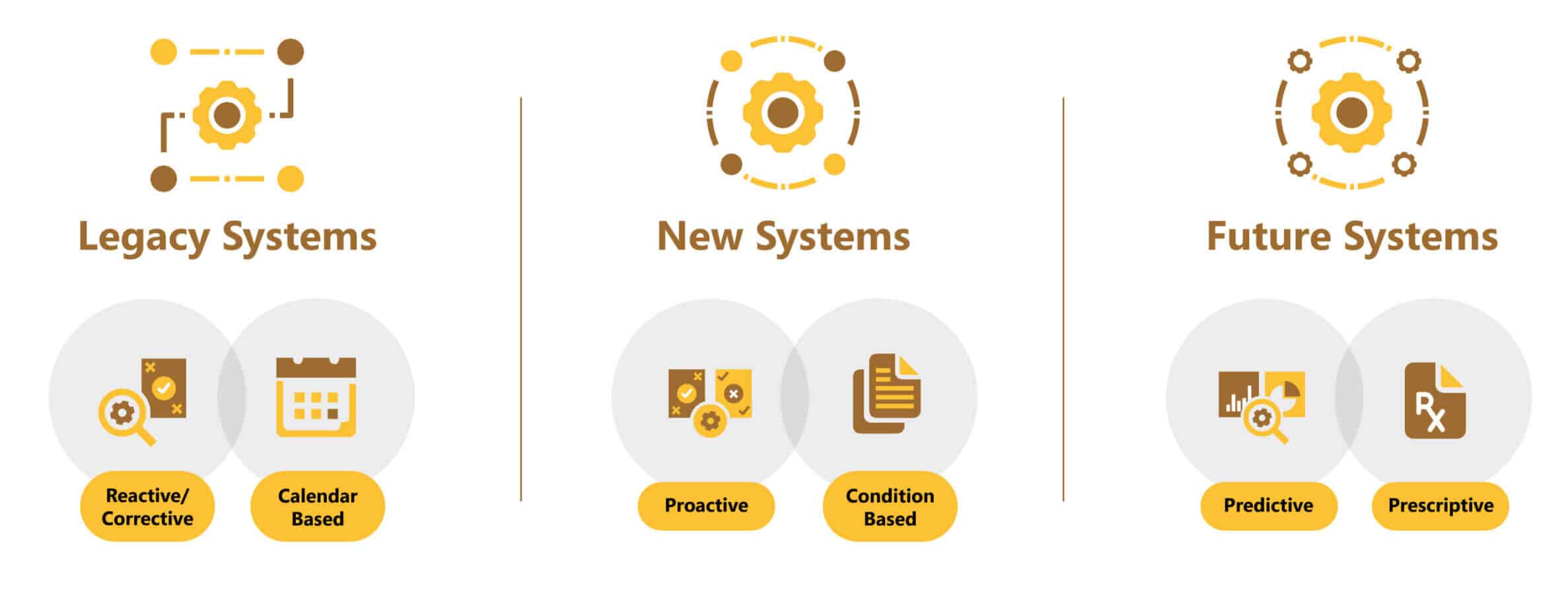With the increased connectivity of heavy equipment and, more specifically, connectivity of any device with a sensor, the relevance of machine data is no longer based only on the amount of information generated but on how businesses use it to add value and minimize operational costs. Utilizing analytical tools provides the ability to tap into the pool of information and use it to develop algorithms tailored to their specific applications.
Despite this, some equipment owners remain skeptical of IoT (Internet of Things) and big data’s promise. They view it as pure hype that will never produce the desired effects. But when the influx of data is understood correctly, businesses find they can do more with their equipment than sell or rent it. They now know how their machines work and the type of maintenance required to maximize their lifespan.
The ability to manage asset behaviors and minimize guesswork will significantly impact the machinery industry, and the benefits are tremendous.
How so? Through a single, cohesive IoT platform that enables data analytics, facilities can now take advantage of the opportunities that were previously not available in legacy systems.
Here are three areas where IoT integration with ERP (Enterprise Resource Planning) will yield benefits:
1. Equipment Reliability & Maintenance

Equipment companies have historically relied on broad averages and assumptions when creating maintenance plans. For instance, maintenance on machinery should be carried out once every 30 days or every 100 components, according to patterns observed in the past or recommendations made by the original equipment manufacturer (OEM). The complexities of the equipment, such as its use, part failure, tool wear and tear, vibration, and other aspects, were rarely considered.
The set criteria for your machine’s health can be accurately assessed with a connected operation of a maintenance tracking software, allowing you to better allocate your maintenance budget to the areas of your pipeline that need it the most. When machine data is processed with ML (Machine Learning) and AI (Artificial Intelligence), insights are generated to assure that maintenance is performed only when necessary. This allows machine health strategies to be proactive and predictive instead of calendar-based or reactive.
This machine health data includes diagnostic information and insights that enable managers and technicians to respond before a component fails, reducing downtime and eliminating the possibility of further machine damage.
2. Effective Resource Allocation

Maintenance managers monitor various parts of their businesses, including their internal staff, the amount of work and shifts needed, parts and fluids required for routine maintenance, and equipment quality. But instead of using actual production data, they often use the “paper and pen method” to gather maintenance logs and OEM recommendations. This leads to an increase in errors, which become commonplace when everything must be handwritten.
When machine data is integrated into the cloud, proactive decisions can be made using resource scheduling optimization, eliminating operator-instigated slowdowns. So how does this help maintenance managers make the most of the resources? They can now better understand the type and number of resources needed to support the facility, create schedules, predict costs that support routine maintenance, and manage equipment life cycles to justify their capital investments.
3. Detect and Respond to IoT Events

Before IoT Events, expensive, specialized apps were required to collect data and apply decision logic to detect an event. The next step is to initiate a trigger for another application to respond to the event. Using IoT Events, it is easy to recognize events among thousands of IoT sensors transmitting diverse telemetry data. With automatic triggers and processes, equipment facilities can now review their maintenance, including a comprehensive view of equipment status and health, to make the most informed decisions.
Let us look at how Machine Learning and AI can be used in tandem with your existing ERP to enable early detection and unique insights into events:
- Automation: When a machine event occurs, such as an alarm, downtime, or condition threshold, an automated workflow can generate a work request or work order immediately.
- Alerts and Notifications: Machine data can send an email, SMS message, or MS Teams to the right person when a particular event happens, like when a machine breaks down.
- Predictive Alerts: A predictive maintenance system looks back at past data and patterns to predict what will happen in the future. When a failure is imminent, the appropriate person can be notified quickly.
4. Reporting and Analysis

Equipment providers demand quick access to data in the optimal format, be it dashboards, spreadsheets, or PDFs. Existing ERP systems require tools to integrate multiple data sources for a comprehensive business view, as “keeping machines running” is at the enterprise’s core. Machine usage, downtime, MTBF, OEE, and other indicators can only be fully understood with equipment-specific data.
Creating customized analytics and dashboards that span all aspects of an organization, from operations to finances and beyond, can significantly improve equipment management and return on investment.
Enhancing Performance Through the Application of Data-Driven Maintenance
If you are running an equipment business and looking to streamline your operations using IoT and machine learning, Annata 365 with Dynamics 365 offers heavy equipment maintenance software that manages the equipment’s lifecycle and integrate all key business processes. The Annata team is passionate about the equipment industry and is committed to providing the best tools and solutions to help manufacturers, dealers, importers, and rental organizations operate efficiently and effectively engage with their customers.
Annata consists of highly motivated professionals who help customers excel in their business through creativity, collaboration, and commitment. Annata has a worldwide presence with offices in Europe, North and South America, Africa, Asia, and Oceania and an extensive distribution network. Visit our LinkedIn page for more information, or contact us by clicking this link.








